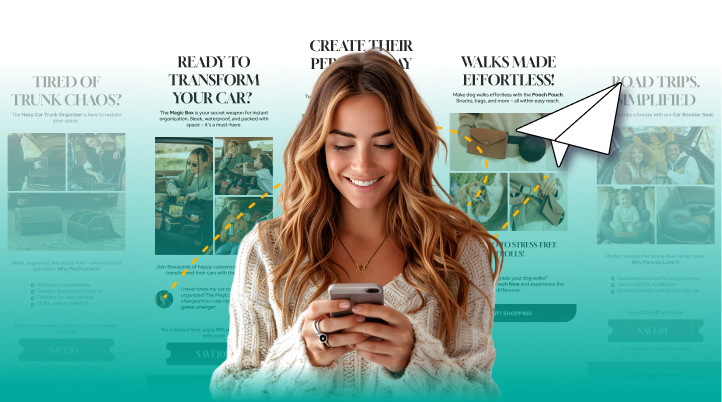Did you know that the average ROI (Return on Investment) for email marketing is $42 for every $1 spent?
That’s an impressive return, and it’s clear why email marketing is one of the most powerful tools to grow your business.
But as a busy dropshipping store owner, you don’t have time to sort through endless articles to figure out the best strategies. We get it!
That’s why we’ve put together everything you need in one place. No more guessing or searching – this guide has all the proven methods to help you grow your email list, boost sales, and connect with your customers.
Whether you’re just starting or looking to fine-tune your approach, we’ve got the tools and tips to take your email marketing game to the next level. Let’s dive in and maximize the potential of your store!
What is email marketing?
Email marketing is a powerful digital strategy where businesses send targeted emails to subscribers to promote products, offer discounts, or share updates. For dropshipping stores, it’s a key tool to stay connected with potential buyers, driving traffic and showcasing new deals or products to boost sales.
However, email marketing goes beyond just promotional content. It helps build lasting relationships with your audience, offering valuable information while guiding them through every stage of the customer journey – from discovering your products to purchasing and receiving post-sale support.
With 35% of marketers ranking email as their top-performing marketing channel, its ability to drive conversions and build brand loyalty outshines many other methods, making it essential for ecommerce success.
Benefits of email marketing for dropshipping businesses
Email marketing offers several advantages over other forms of digital marketing, especially for dropshipping stores that rely on steady, repeat traffic to generate sales.
1. Cost-effective: sending emails is much cheaper than running ads. With the right email marketing tool, you can send thousands of emails for just a fraction of what you’d spend on advertising.
2. Personalization: emails can be tailored based on customer behavior, preferences, and past purchases, making your communication more relevant and engaging.
3. Direct access: unlike social media platforms where algorithms determine visibility, emails land directly in your customers’ inboxes.
4. Automation: you can automate email campaigns, from welcome emails to abandoned cart reminders, ensuring you’re always engaging with your customers without spending too much time.
To understand why email marketing is essential for ecommerce, take a look at some stats:
These numbers highlight the huge potential of email marketing for online businesses, making it an obvious choice for any dropshipping entrepreneur.
When to use email marketing
While email marketing is powerful, timing is everything. Sending the right emails at the right time can significantly impact your results.
Here are some ideal moments to engage with customers via email:
1. Welcome series: when a new customer signs up or makes their first purchase, send a warm welcome email (or a series of emails) to introduce your brand and products.
2. Abandoned cart reminders: many customers need to complete the purchase before they abandon their carts. Email reminders encourage them to finish what they started, often with a small discount.
3. Promotional campaigns: whether it’s a holiday sale, new product launch, or special event, emails are the perfect way to spread the word.
4. Post-purchase follow-ups: after someone buys from you, send a thank-you email and recommend other related products.
5. Re-engagement emails: for customers who haven’t interacted with your store in a while, a re-engagement email can bring them back.
Getting started with email marketing
Starting with email marketing doesn’t require advanced skills, but it does require planning. To get started, follow these steps:
1. Choose the right email marketing platform: look for tools like Mailchimp, Klaviyo, Omnisend, or Sellvia that offer integrations with ecommerce platforms. These tools make it easy to design, send, and track emails.
2. Understand your audience: who are your customers? What are their pain points and needs? Knowing your target audience will help you craft more relevant email content.
3. Create a content strategy: plan out what kind of emails you’ll send. Will you send weekly newsletters, monthly promos, or seasonal offers? Having a schedule helps you stay consistent.
4. Set measurable goals: whether it’s increasing open rates, boosting sales, or reducing cart abandonment, set clear goals for each email campaign.
How to create a mailing list for your online store
To succeed in email marketing, you need a solid mailing list. Building and growing your email list should be a top priority for your dropshipping store. Here are some effective ways to create and grow your list:
1. Sign-up forms: place sign-up forms on high-traffic pages of your website, such as the homepage, product pages, and checkout page.
2. Pop-up offers: use pop-ups offering a discount or free shipping in exchange for signing up. These can convert first-time visitors into subscribers.
3. Sign-up buttons on social media: include email sign-up buttons on your social media profiles, linking them directly to a subscription page.
4. Email signature: add a sign-up link in your email signature. If you’re communicating with potential partners or customers via email, this is a subtle yet effective way to grow your list.
5. Landing pages: create dedicated landing pages to collect emails, especially if you’re running an ad campaign or promoting a specific offer.
6. Offer benefits: give your subscribers a reason to sign up. Offer exclusive discounts, early access to products, or valuable content like ebooks or guides.
7. Use lead magnets: lead magnets are freebies offered in exchange for email addresses. These could be discount codes, free shipping offers, or downloadable content.
8. Call-to-action (CTA) on your About Us page: encourage visitors who read your “About Us” page to subscribe with a clear CTA like “Join our VIP list for exclusive deals.”
Even after setting up email capture tools, you’ll need to consistently drive traffic to your site to grow your mailing list. One highly effective way to do this is through advertising.
While not every visitor will make an immediate purchase, capturing their email gives you a second chance to convert them later. With properly configured email marketing, follow-up emails can remind visitors of your brand, build relationships, and eventually turn them into loyal customers. Combining traffic from ads with email marketing allows you to continuously engage potential buyers, increasing the chances of conversions over time.
How to send marketing emails
Now that you have a mailing list, it’s time to start sending marketing emails. Crafting these emails requires more thought than the casual messages you send to friends. Every element – from the subject line to the timing – plays a role in engaging your audience and driving action. Here are some key steps and components to help you create successful marketing emails:
1. Implement email segmentation
Segment your audience based on demographics, purchase history, or behavior. This allows you to send targeted, relevant emails that are more likely to resonate with specific groups, leading to higher conversion rates.
2. A/B test your emails
Test different subject lines, designs, and content to see what resonates best with your audience. A/B testing helps you optimize for higher open and click-through rates, ensuring you’re always improving the performance of your campaigns.
3. Analyze your email performance
Regularly track important metrics like open rates, click-through rates, and conversions. Monitoring these KPIs will help you measure the effectiveness of each campaign and spot areas for improvement.
4. Set email marketing KPIs
Set clear Key Performance Indicators (KPIs) to guide your email strategy. Focus on metrics like email open rate, click-through rate, conversion rate, and ROI to gauge the success of your efforts.
5. Adjust email components to improve results
Based on your performance data, tweak your email elements – such as subject lines, body copy, visuals, or CTAs – to enhance engagement and results. Don’t hesitate to experiment with different formats or approaches.
6. Understand the difference between Marketing Emails and Follow-ups
Marketing emails are broad campaigns aimed at introducing your product range, highlighting new arrivals, and promoting special offers or discounts. Follow-up emails are more personalized, triggered by actions like abandoned carts or sign-ups, and focus on guiding potential buyers to complete a purchase. Together, these emails strengthen your brand connection and drive sales.
7. Use an email marketing report template
Stay organized by using a report template to track your performance over time. This helps you identify patterns, track progress, and make informed decisions for future campaigns.
Key components of a successful marketing email
Let’s break down the essential elements that make up an effective marketing email:
- Copy: keep the email’s copy consistent with your brand’s voice and focus on one clear message. Don’t overwhelm your readers with too much information – stick to one topic per email to maintain clarity.
- Images: use visually appealing and relevant images that enhance your message. Make sure they are optimized for quick loading and look great on both mobile and desktop devices.
- Call-to-Action (CTA): your CTA should stand out visually and direct the reader toward a specific action, whether it’s making a purchase, signing up for a newsletter, or visiting a product page.
- Timing: timing is everything! Studies show that sending emails on Tuesday at 11 AM ET tends to yield higher engagement. However, it’s a good idea to test different times to see what works best for your specific audience.
- Responsiveness: with over 55% of emails being opened on mobile devices, your emails must be optimized for all screen sizes, ensuring they display well on both desktop and mobile.
- Personalization: personalize each email as if you’re speaking directly to the reader. Use the recipient’s name and tailor the content to their preferences or past behaviors to make the email feel more relevant and engaging.
- Subject line: a clear, actionable, and enticing subject line is crucial to getting your email opened. Make sure it’s personalized and accurately reflects the content inside.
By focusing on these steps and components, you’ll be able to create marketing emails that not only capture your audience’s attention but also lead to better engagement and more conversions. Remember, email marketing is an ongoing process – constantly test, analyze, and refine your strategy to see the best results for your dropshipping business.
Email regulations you should know
Complying with email regulations is key to keeping your messages out of spam folders and building customer trust. Two major laws – CAN-SPAM and GDPR – govern email marketing, ensuring businesses handle customer data responsibly. To avoid landing in spam folders, always include a visible unsubscribe link, use a legitimate “From” address, and avoid misleading subject lines.
Even if your emails comply with regulations, they may still be flagged as spam. To improve deliverability, encourage new subscribers to whitelist your email, avoid spammy language like “Buy now” or excessive exclamation marks, and use a double opt-in process to confirm genuine interest. These practices will help ensure your emails reach your customers’ inboxes and not their spam folders.
Final thoughts
Email marketing is one of the best tools you have to connect with your customers, boost sales, and create strong, lasting relationships. By focusing on the right strategies – like building a high-quality email list, sending personalized and valuable messages, and always looking for ways to improve – you can truly unlock the full potential of your dropshipping business.
But remember, success doesn’t happen overnight. Email marketing is an ongoing journey of learning, testing, and adjusting. Stay committed, keep refining your approach, and you’ll see your store grow, along with your loyal customer base and profits.
Looking for easier ways to boost your sales? Expand your customer base and increase your revenue with our done-for-you email marketing services.
DISCOVER MORE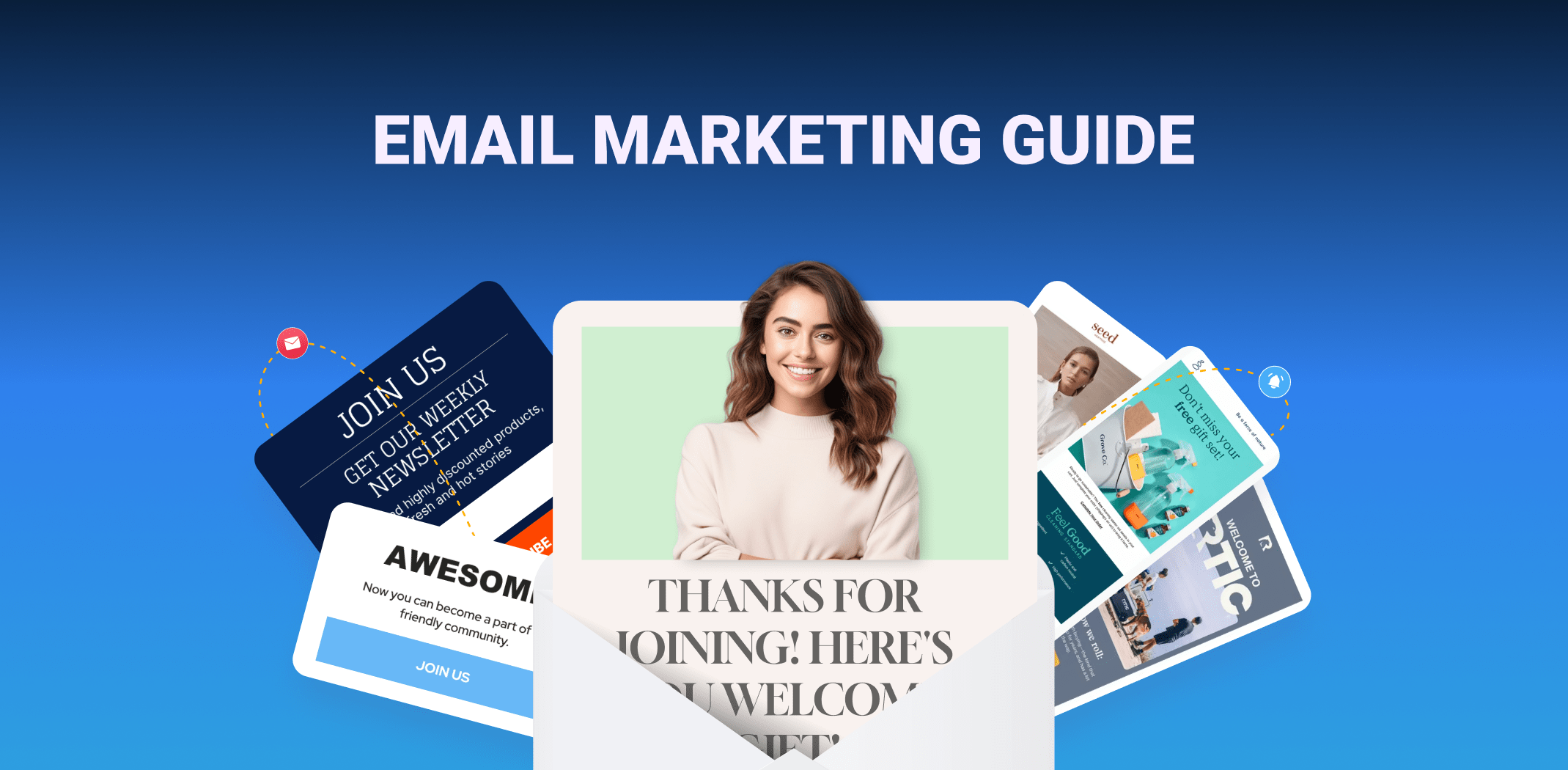
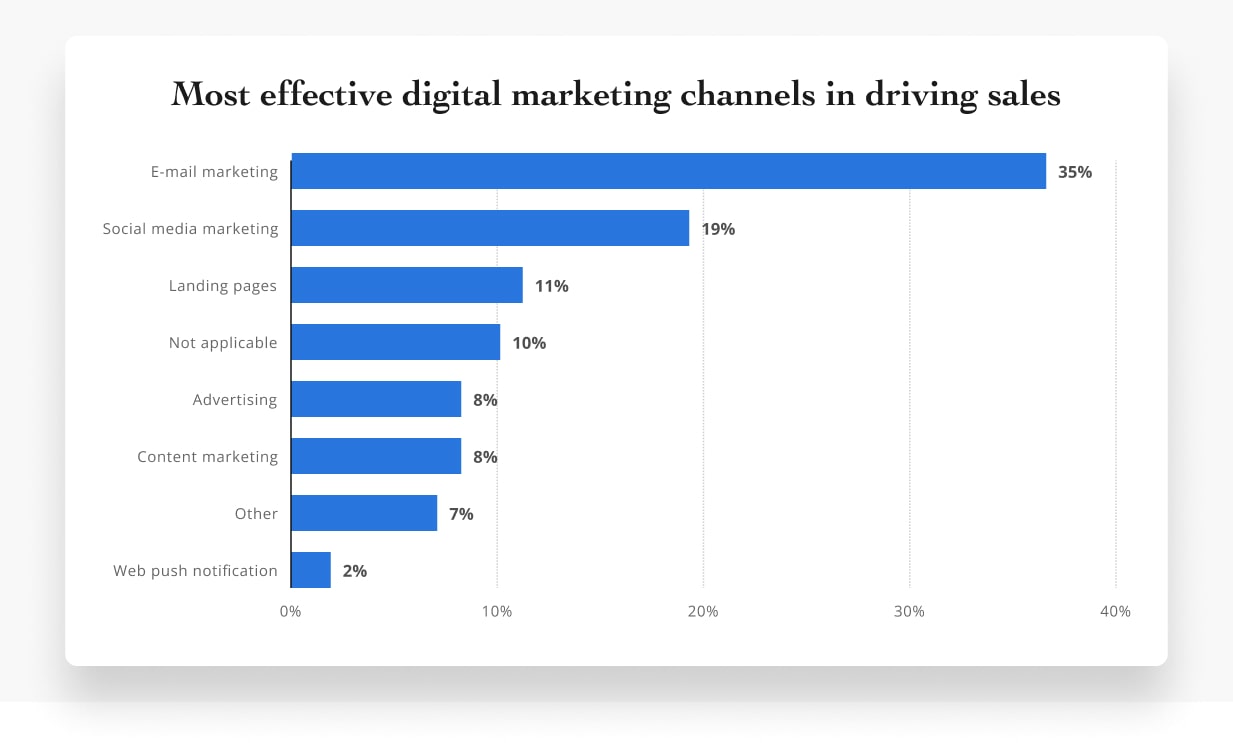
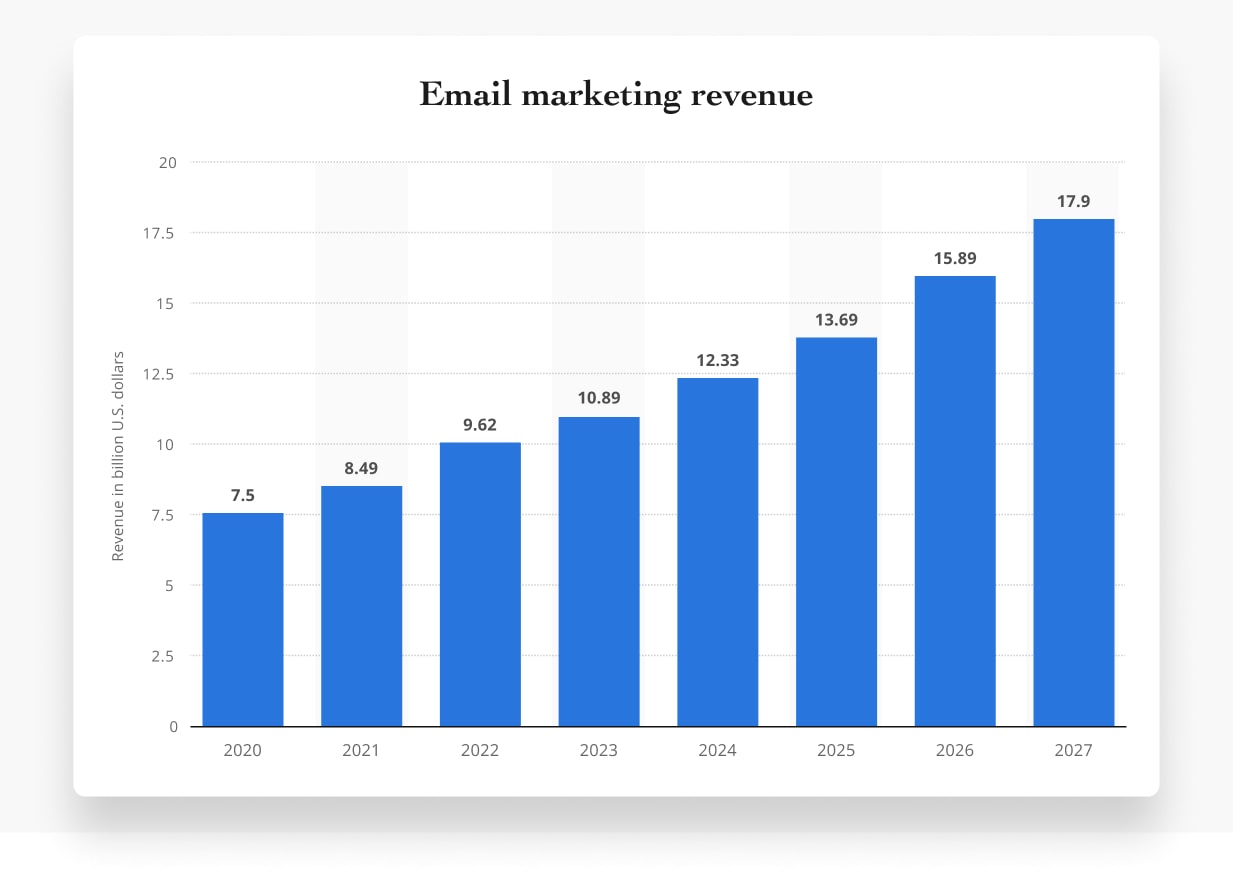
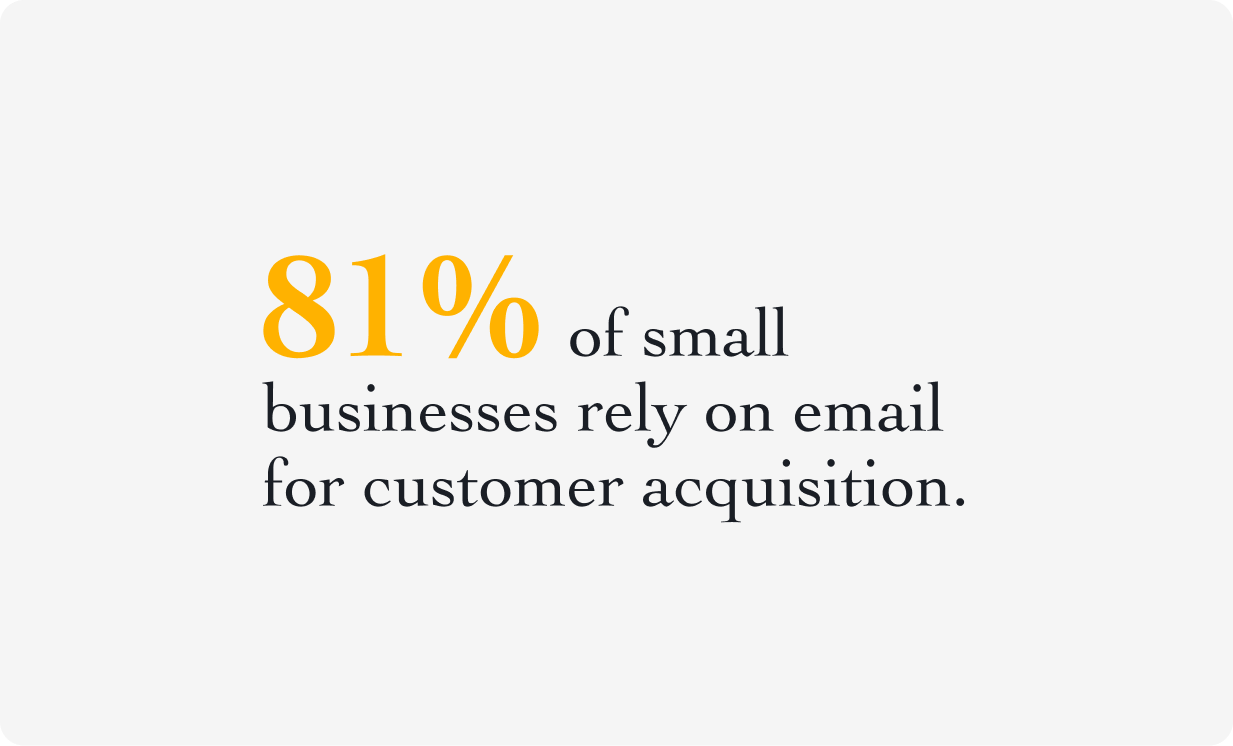
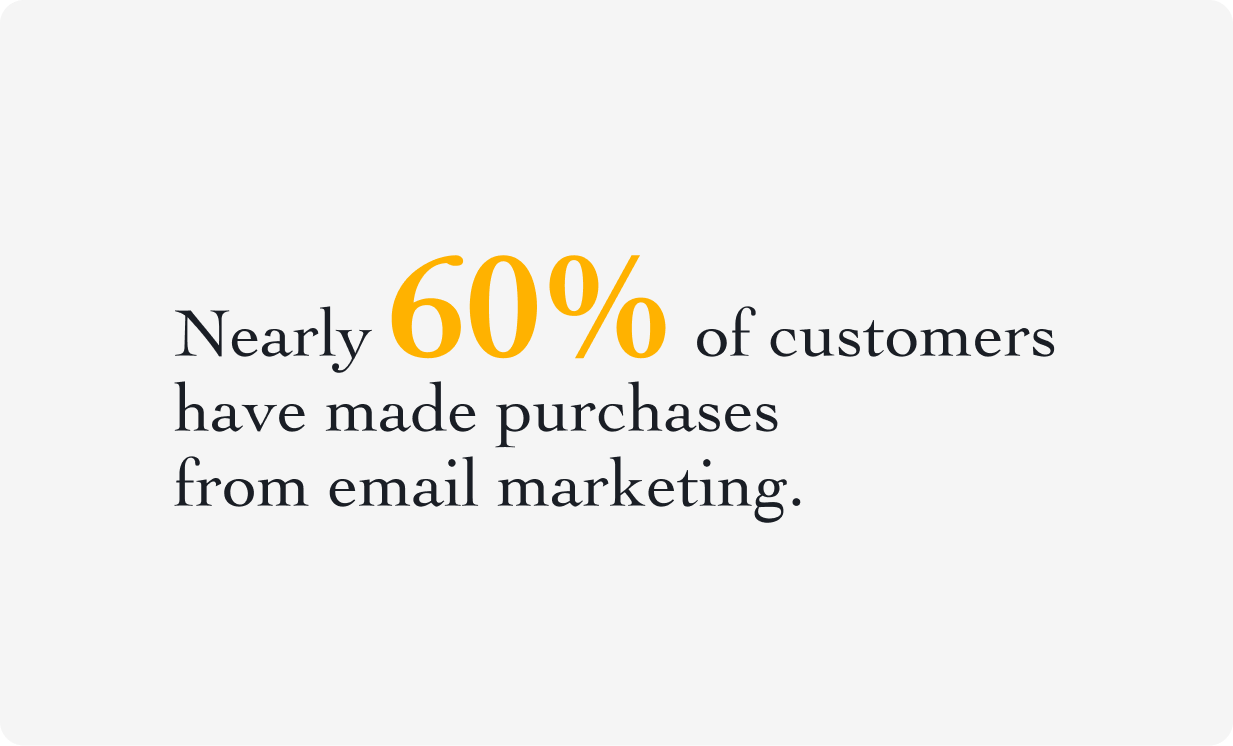
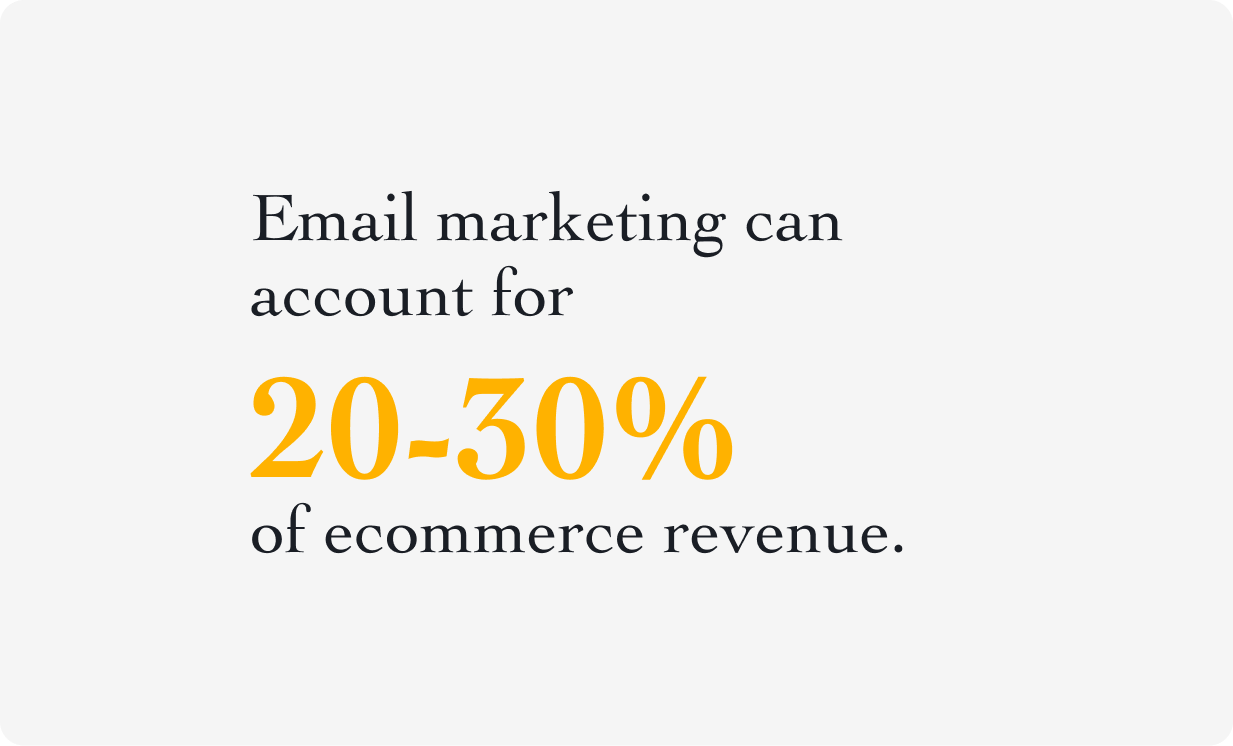
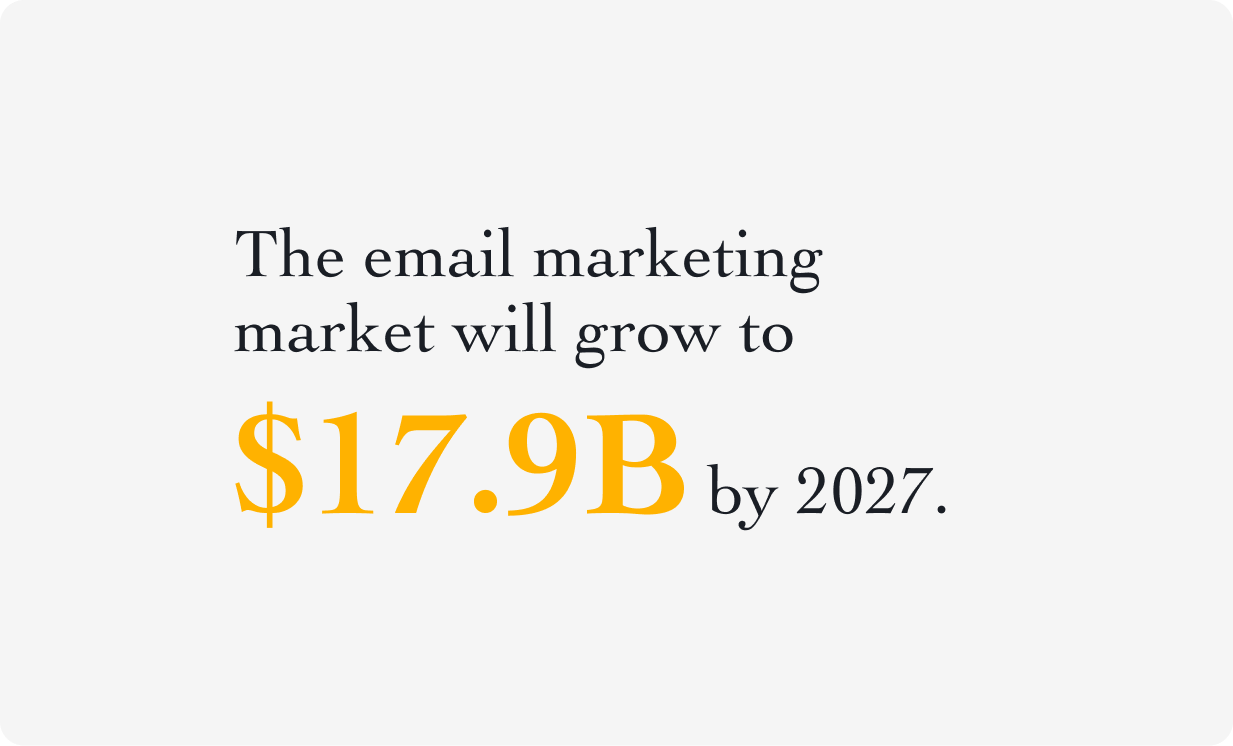
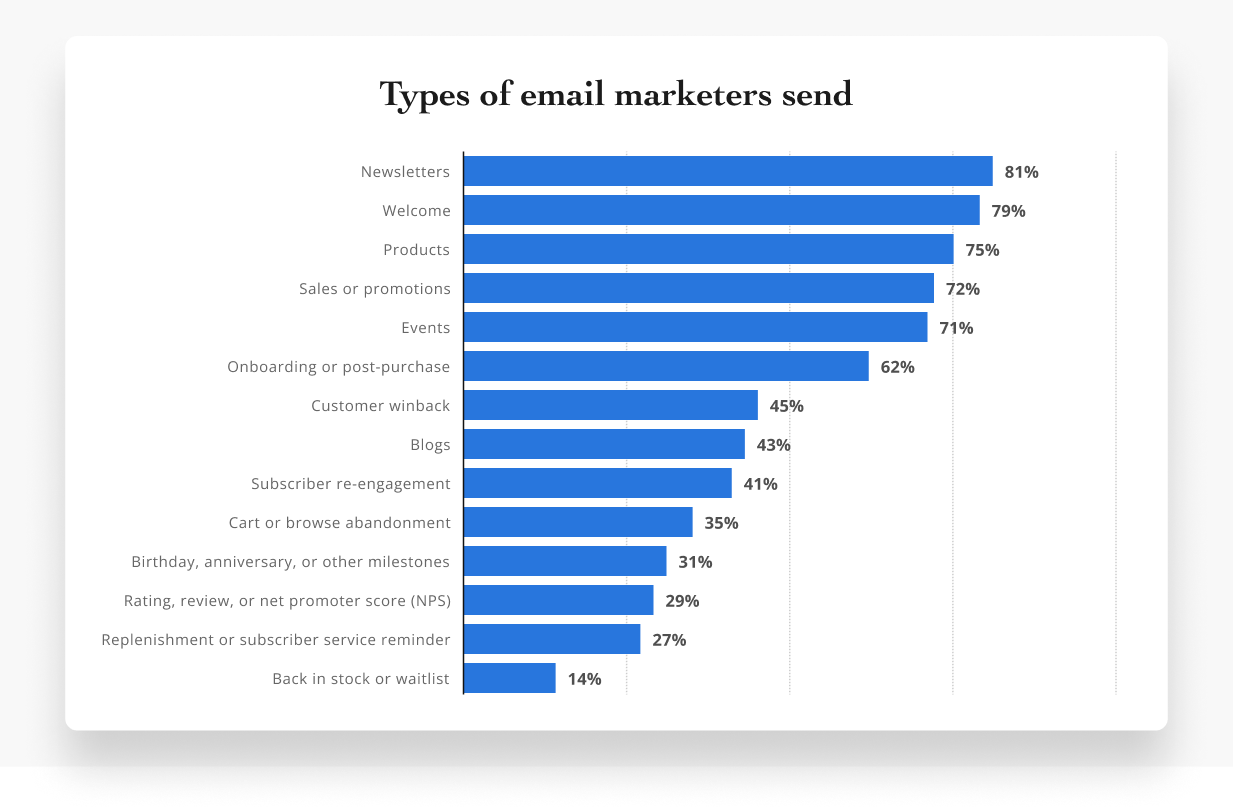
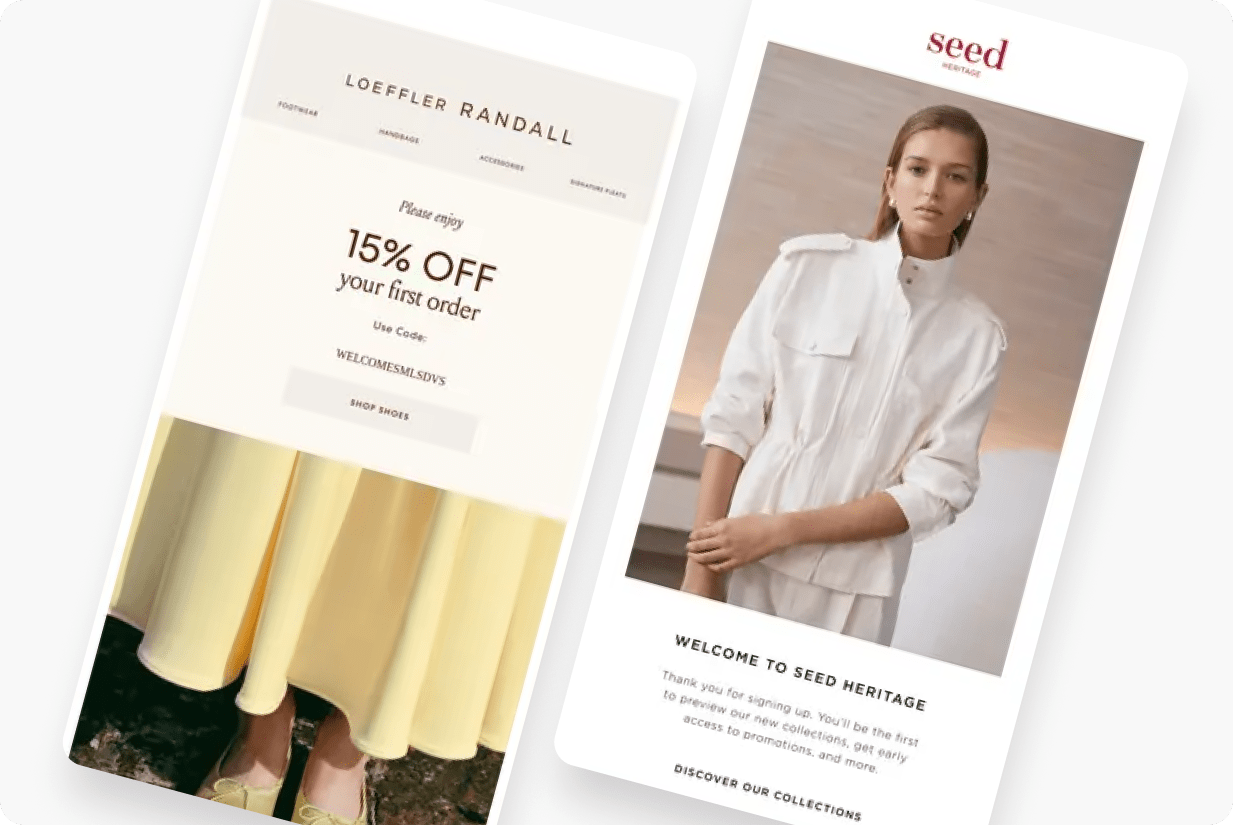
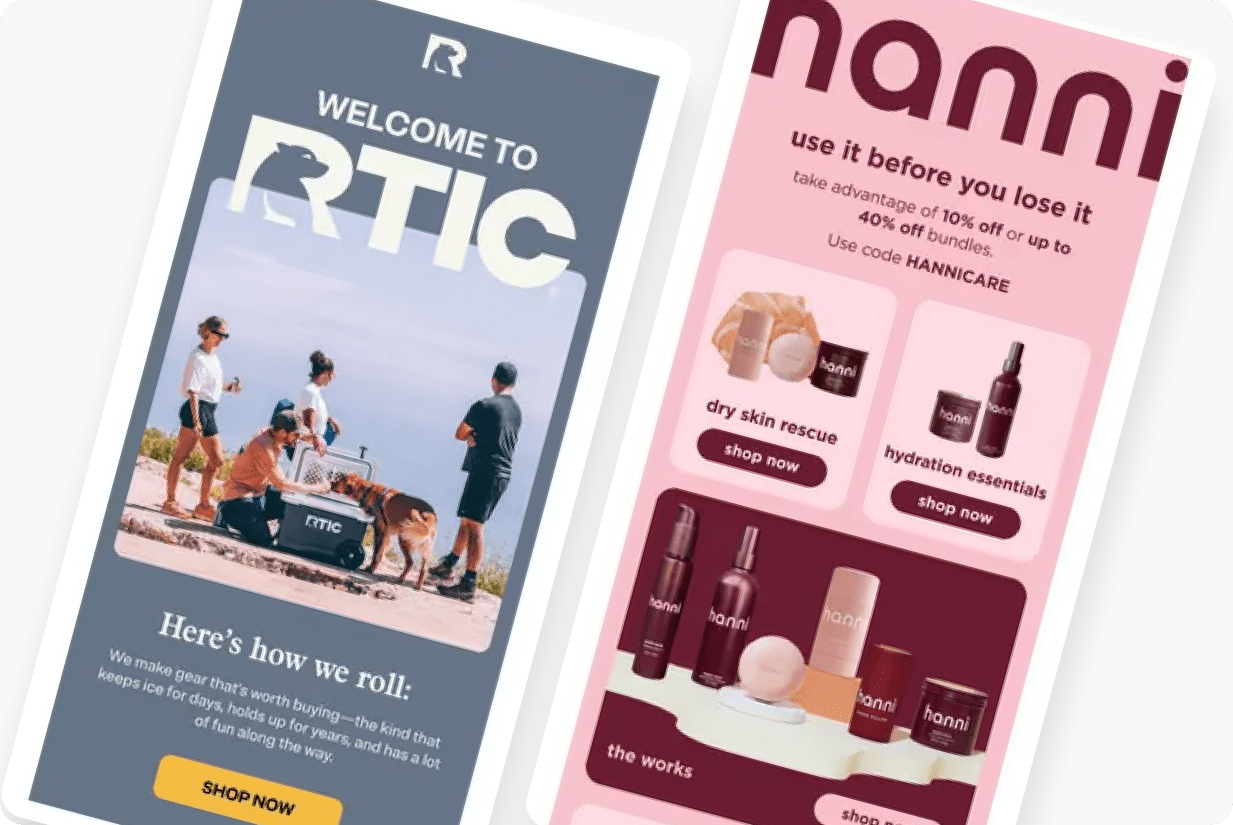
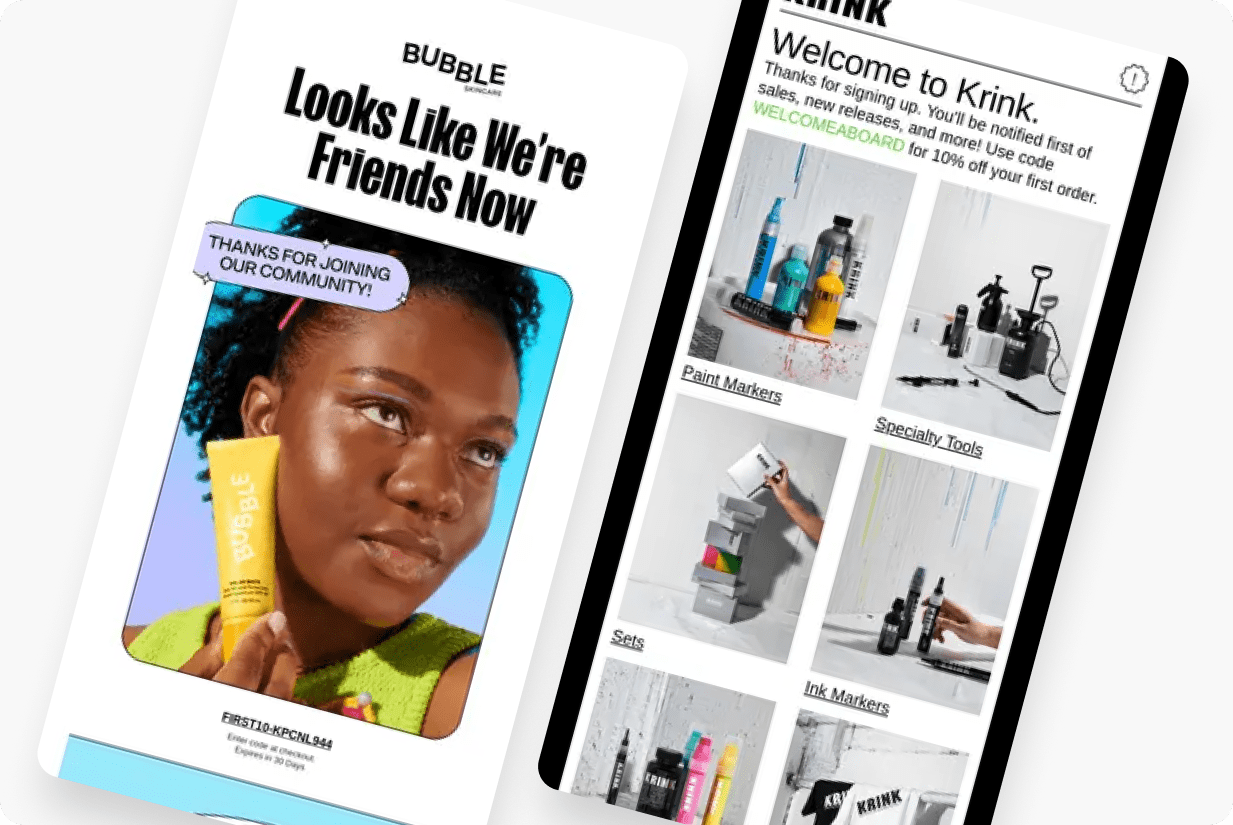
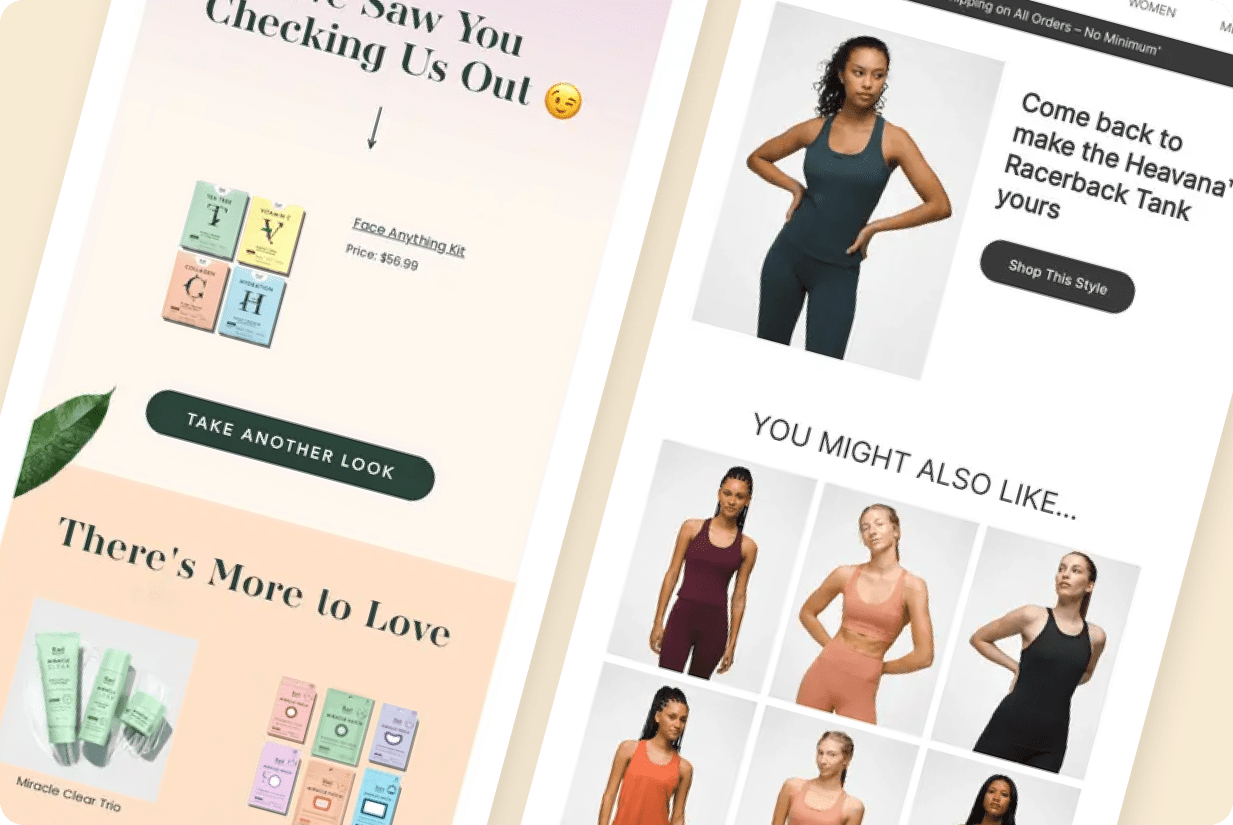
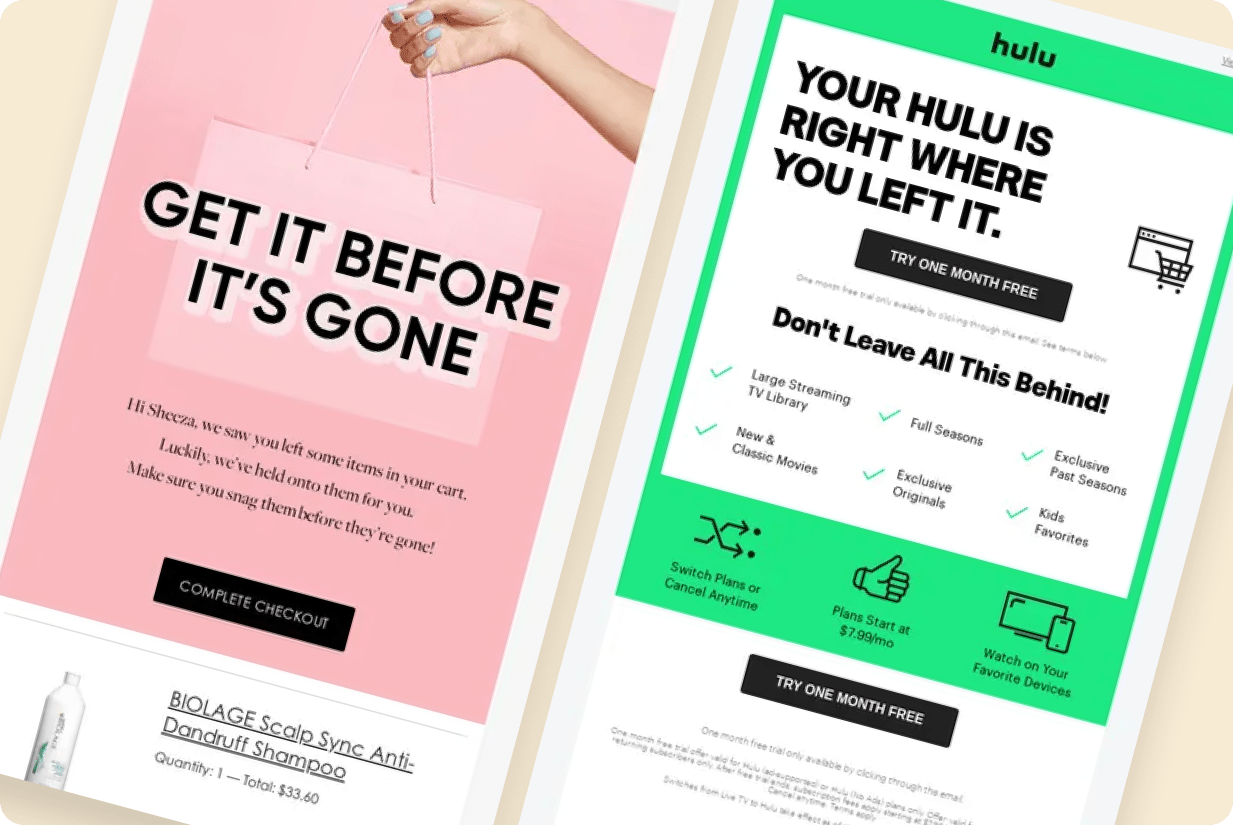
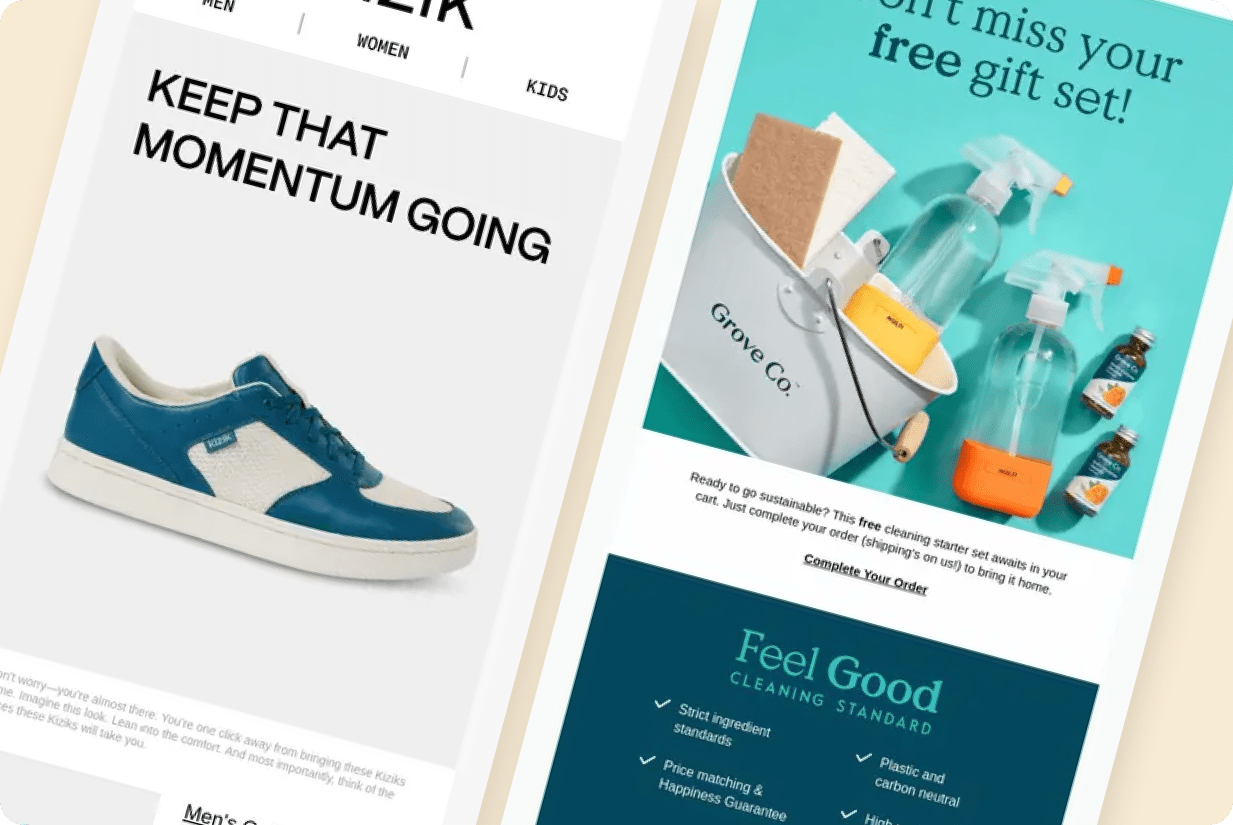
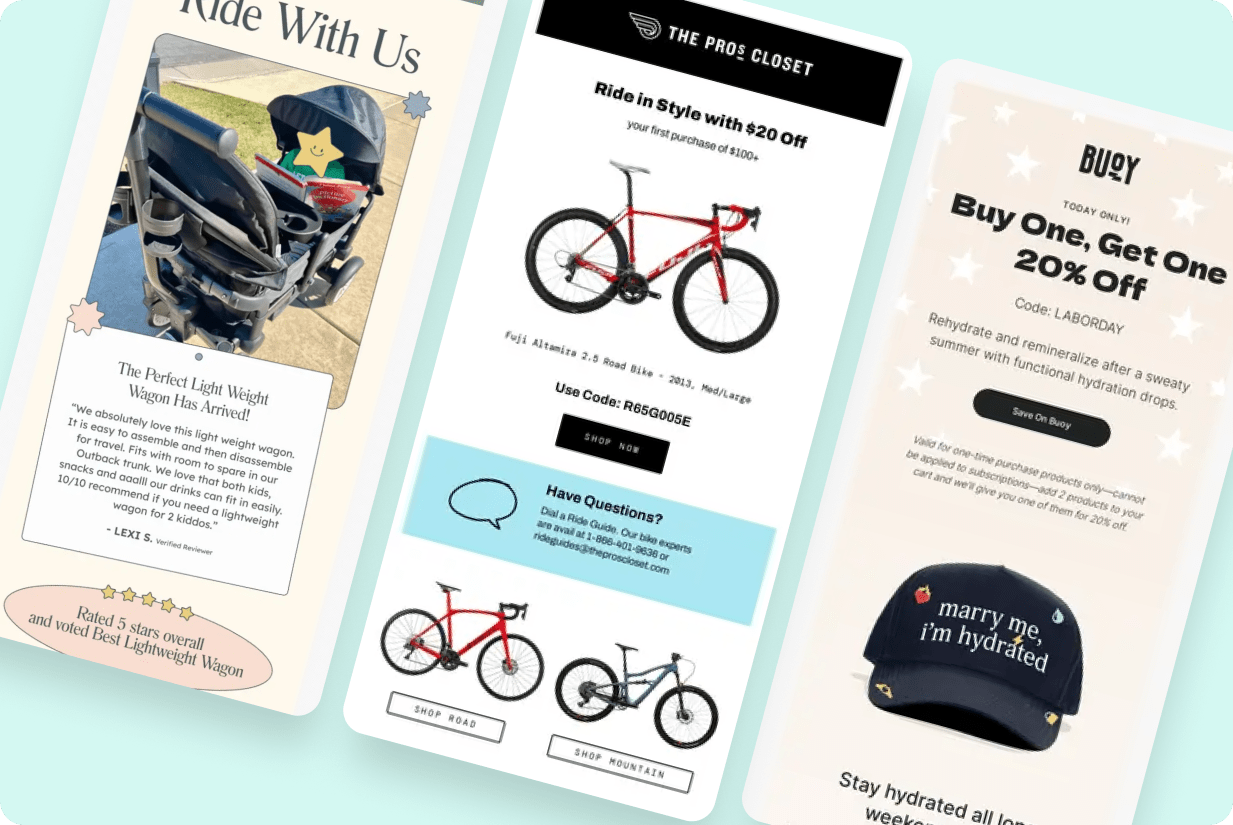
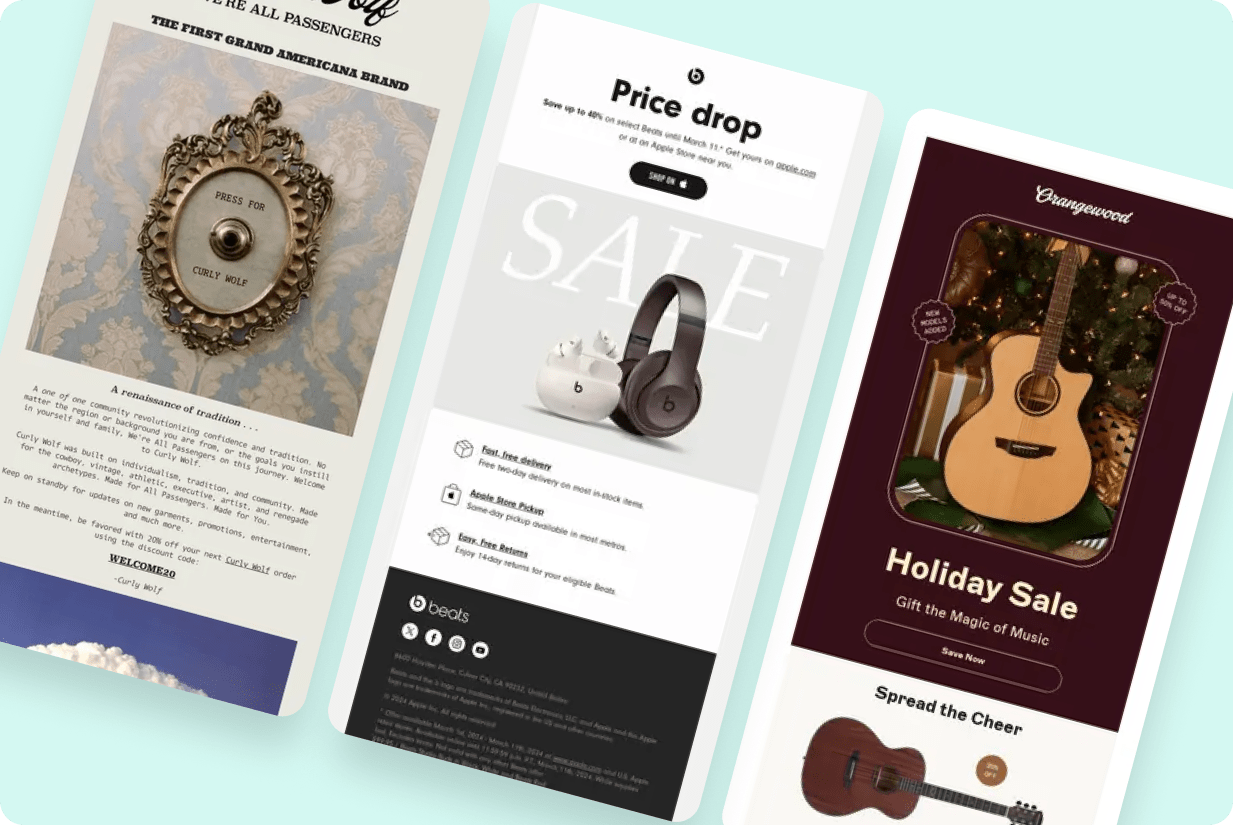
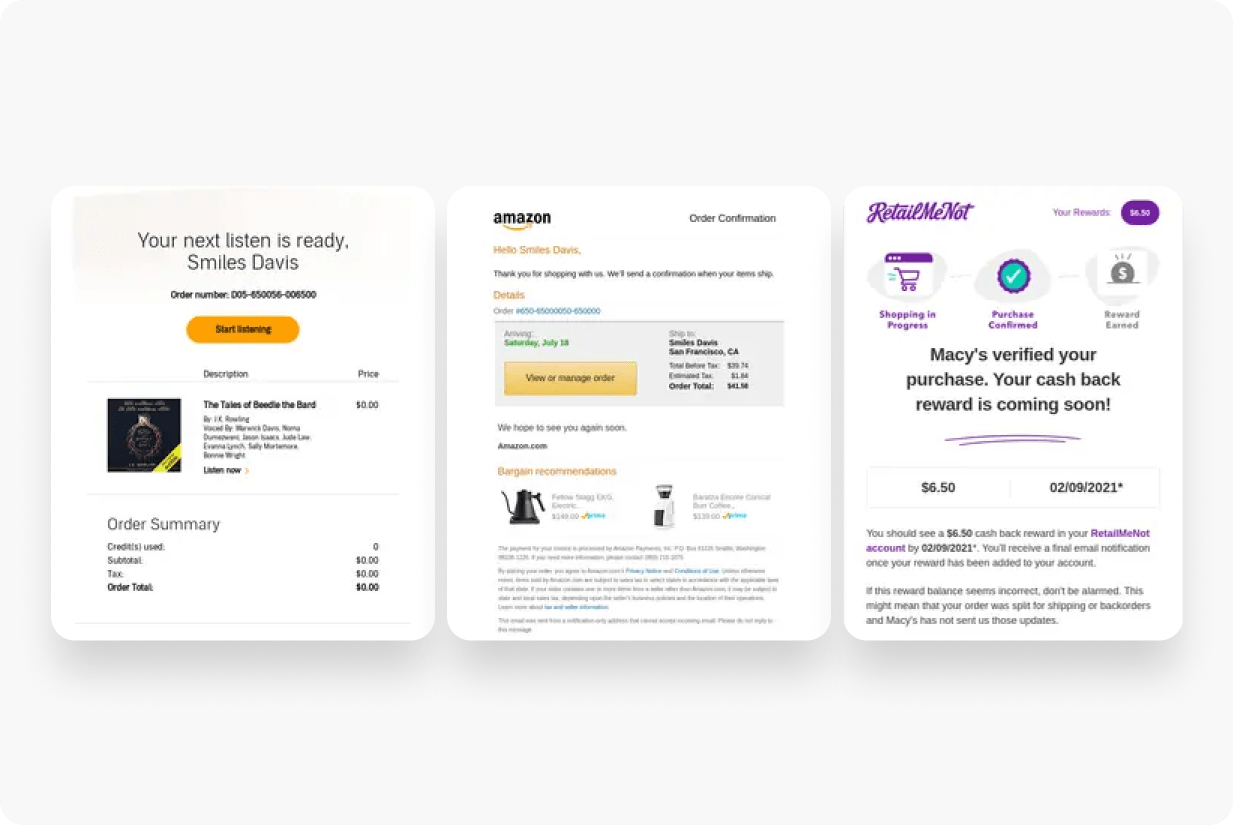
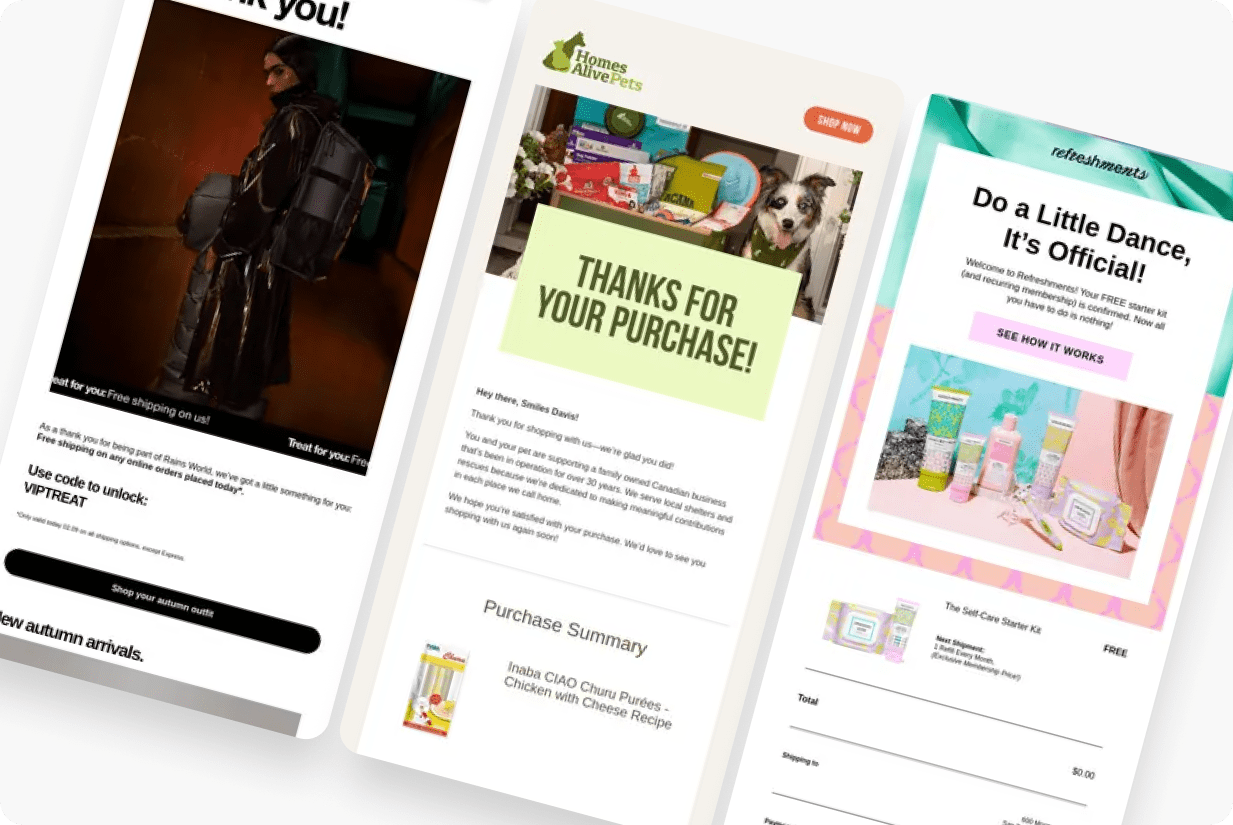
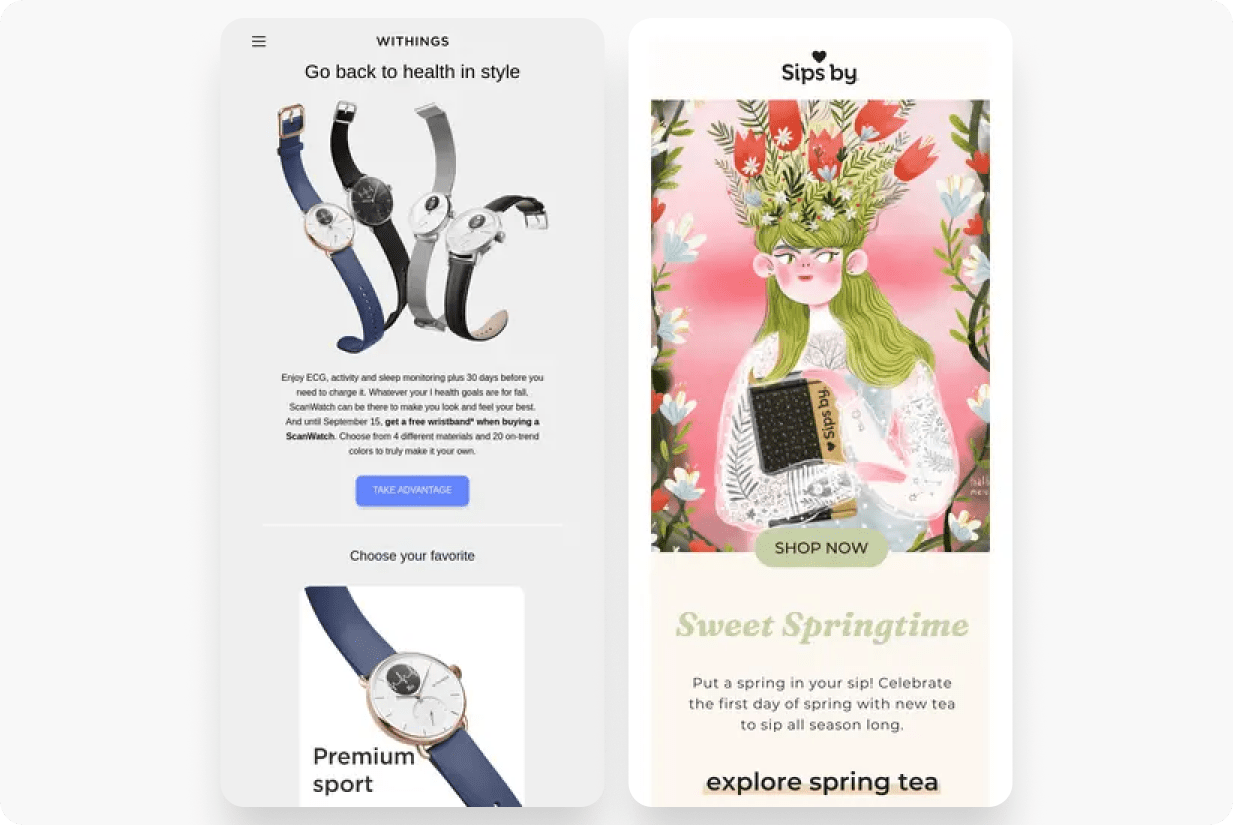
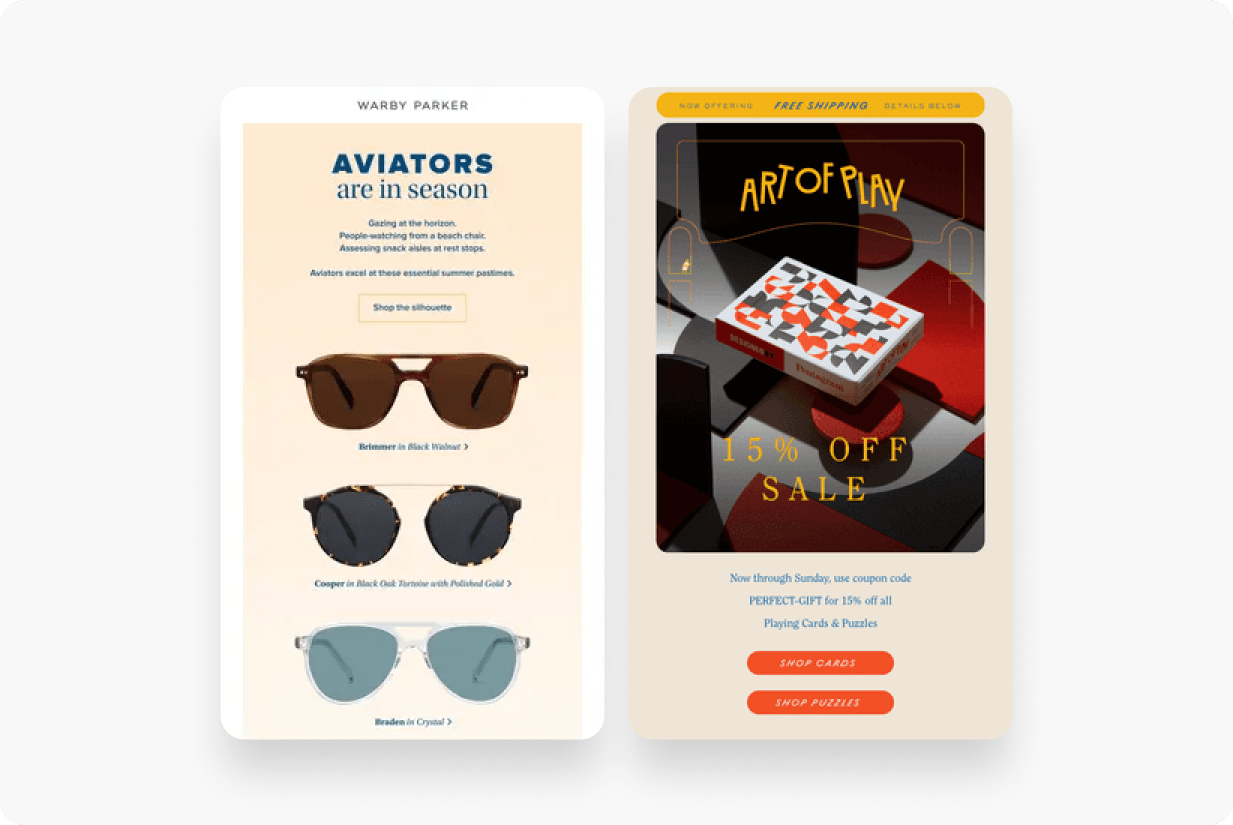
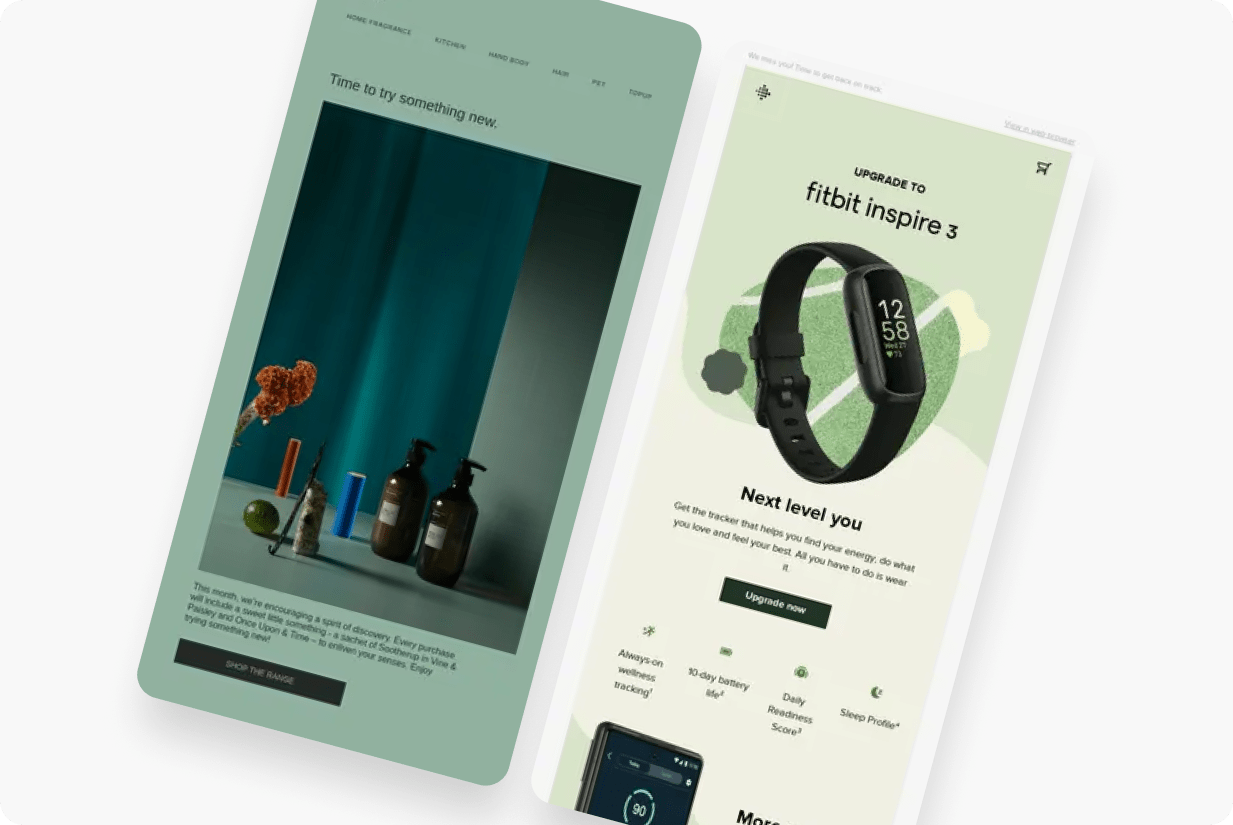
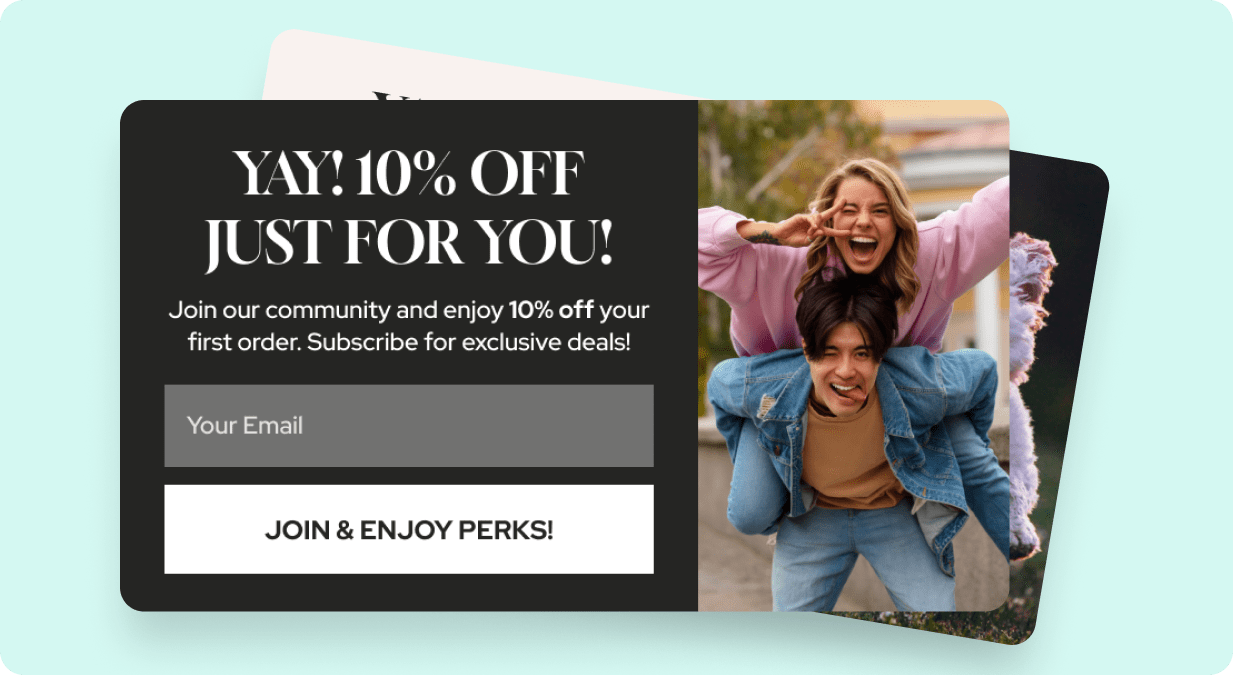
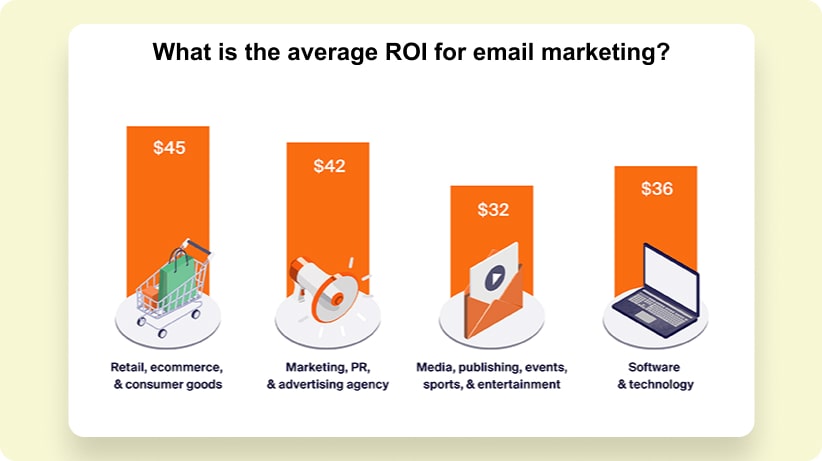


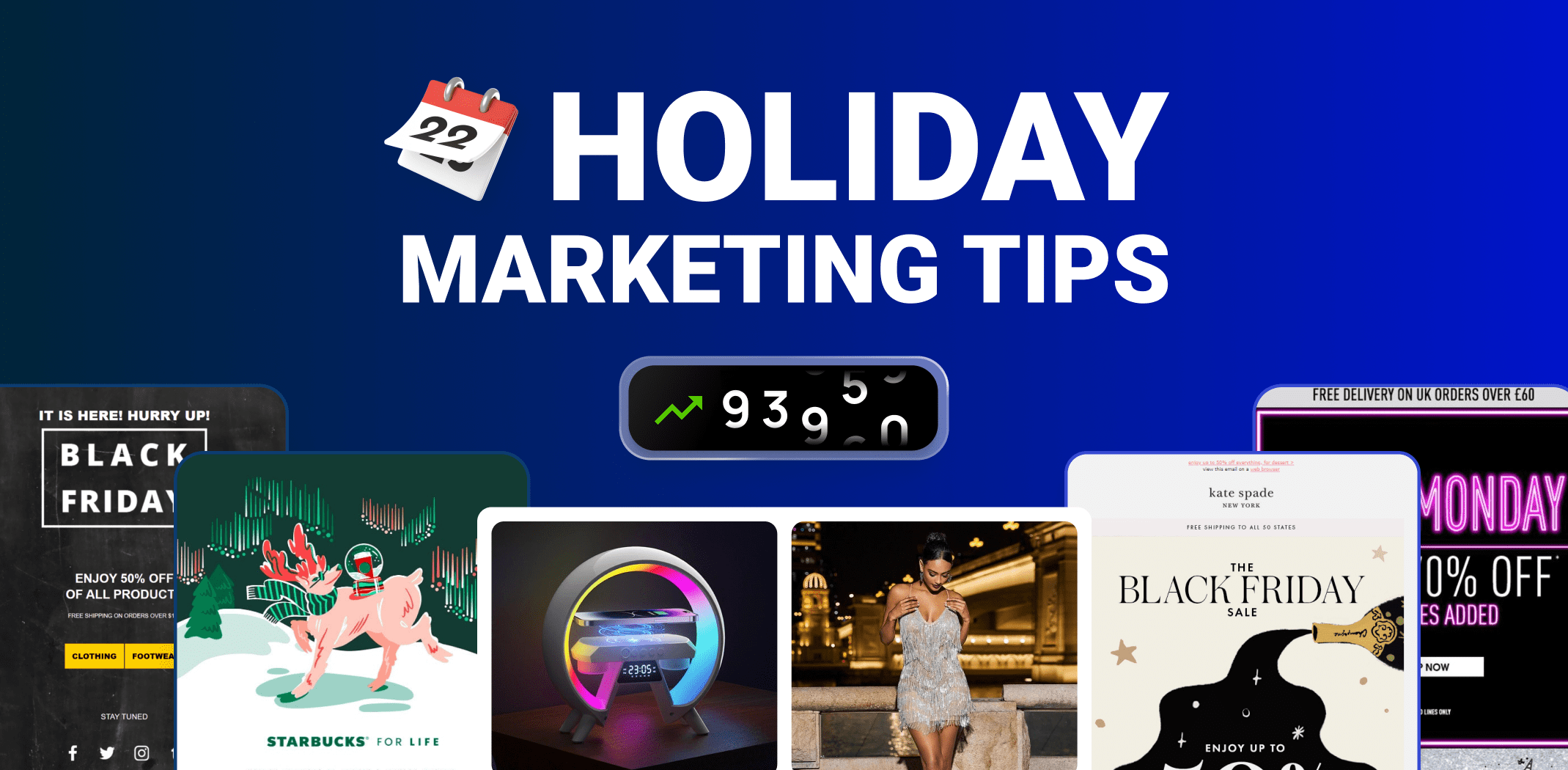
![How To Find The Best Products For Your Dropshipping Store [7 Proven Ways]](https://sellvia.com/wp-content/uploads/2024/08/Обложка-v1-min.png)
![Best Dropshipping Products To Sell Now [Updated Weekly]](https://sellvia.com/wp-content/uploads/2024/09/Banner-min.png)
![Quick Path To $6,000/week: Tom’s Dropshipping Strategy [Success Story]](https://sellvia.com/wp-content/uploads/2024/08/Ban-v1-min.png)



